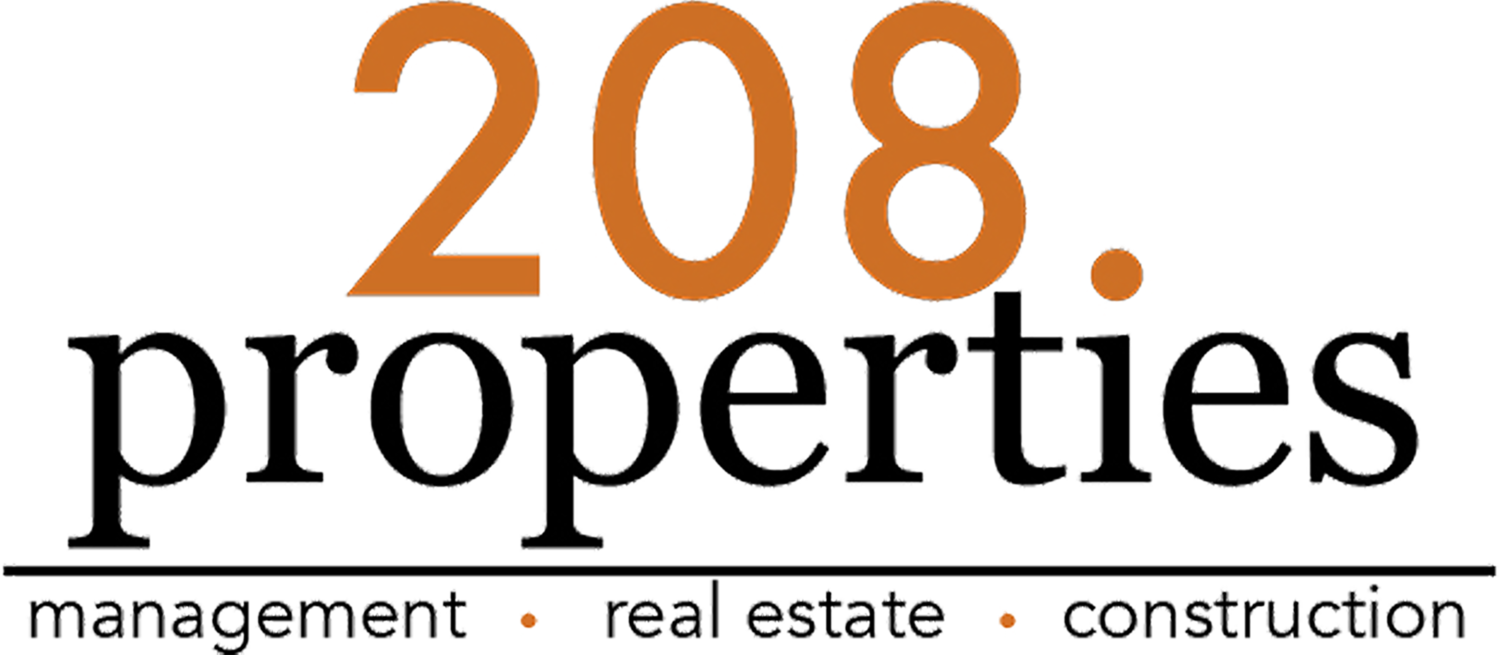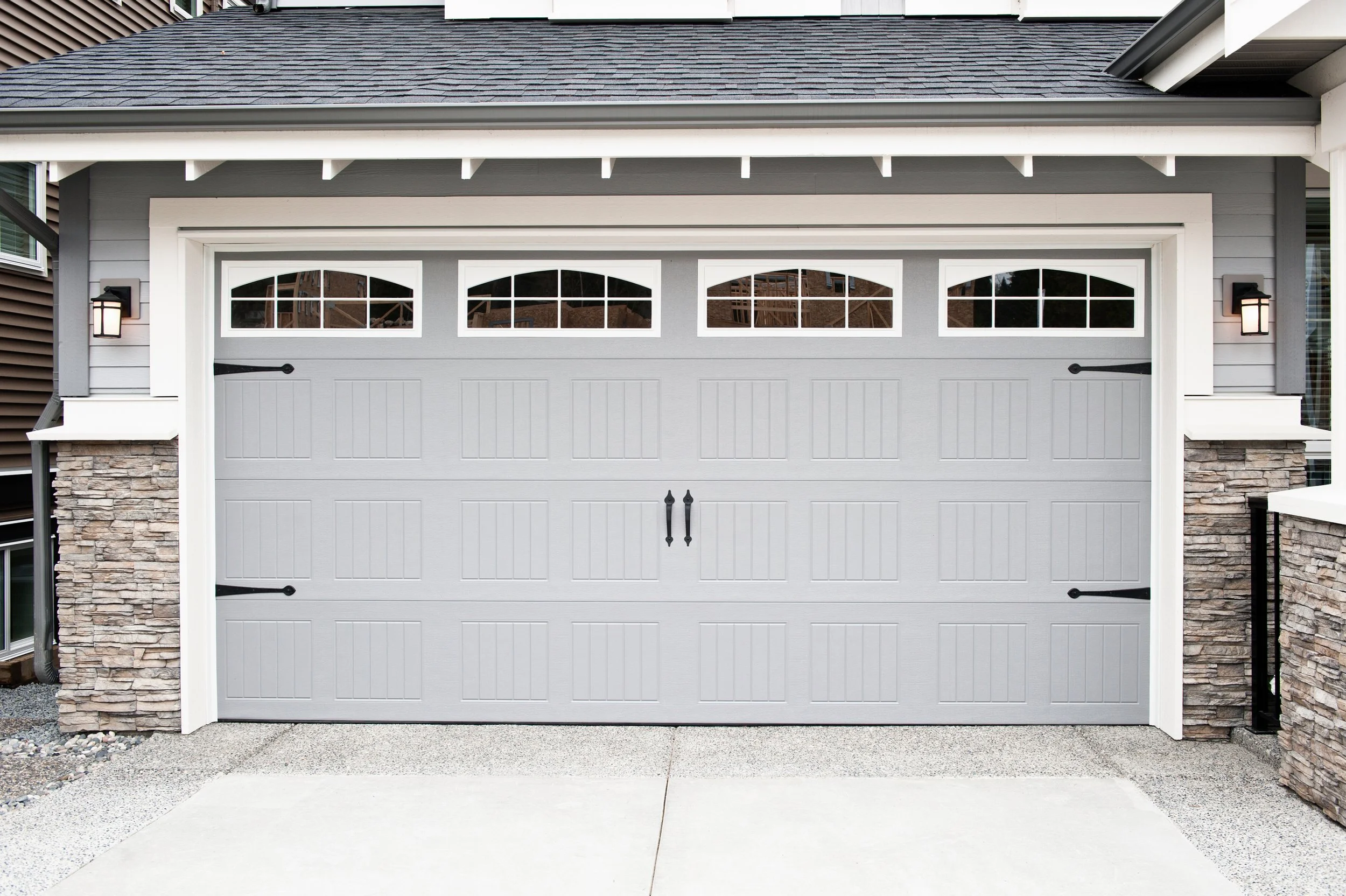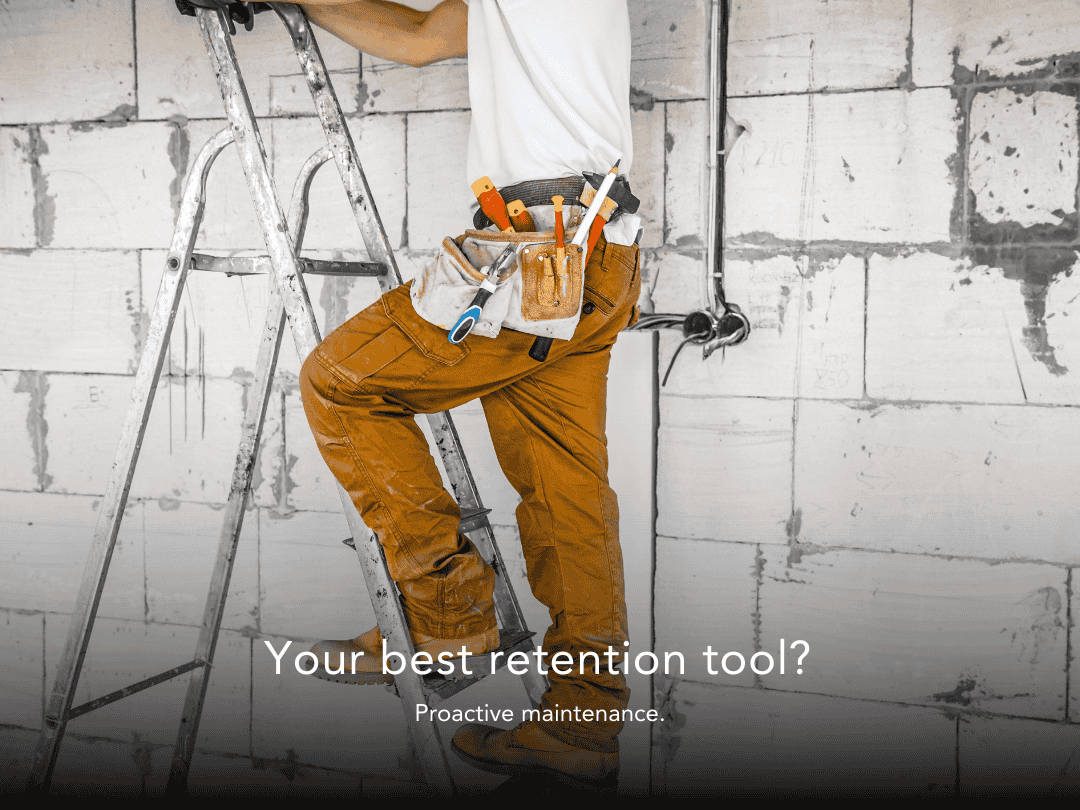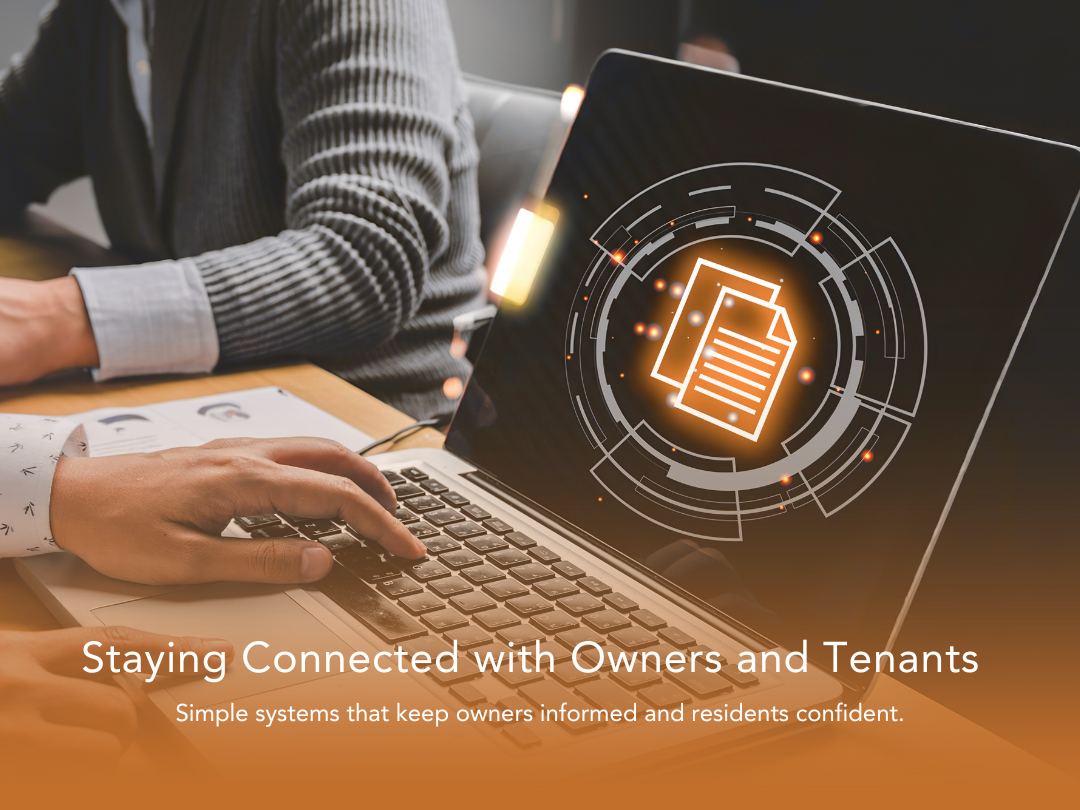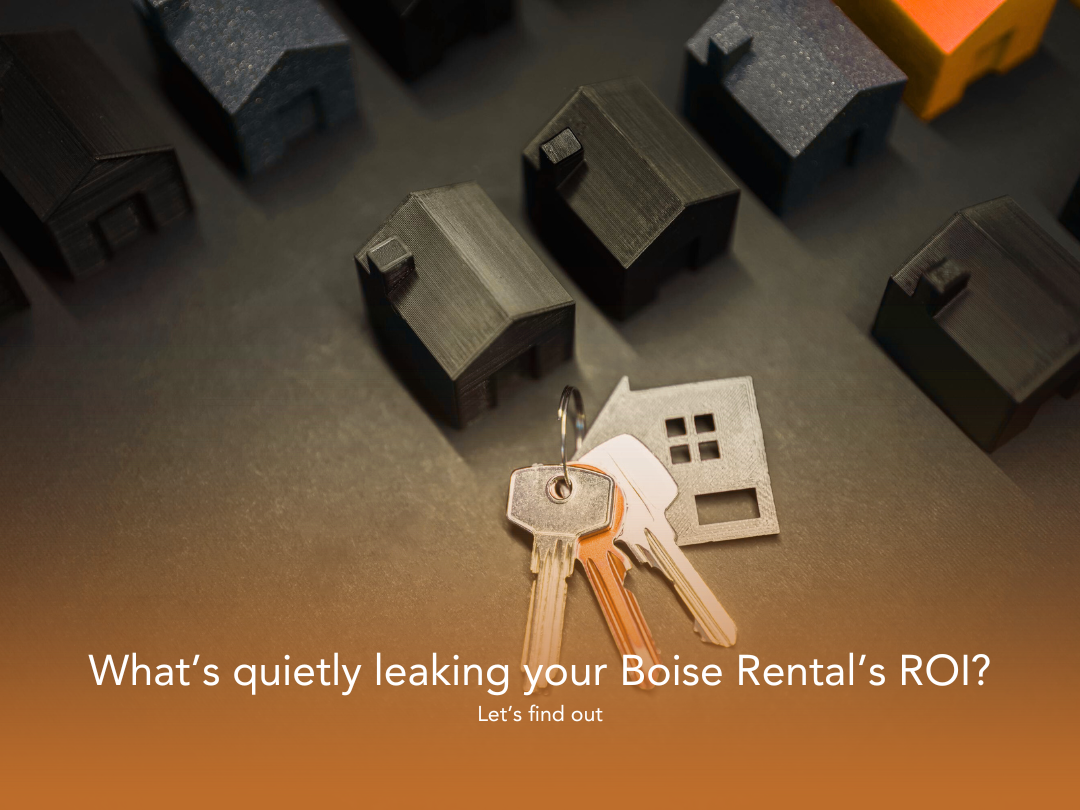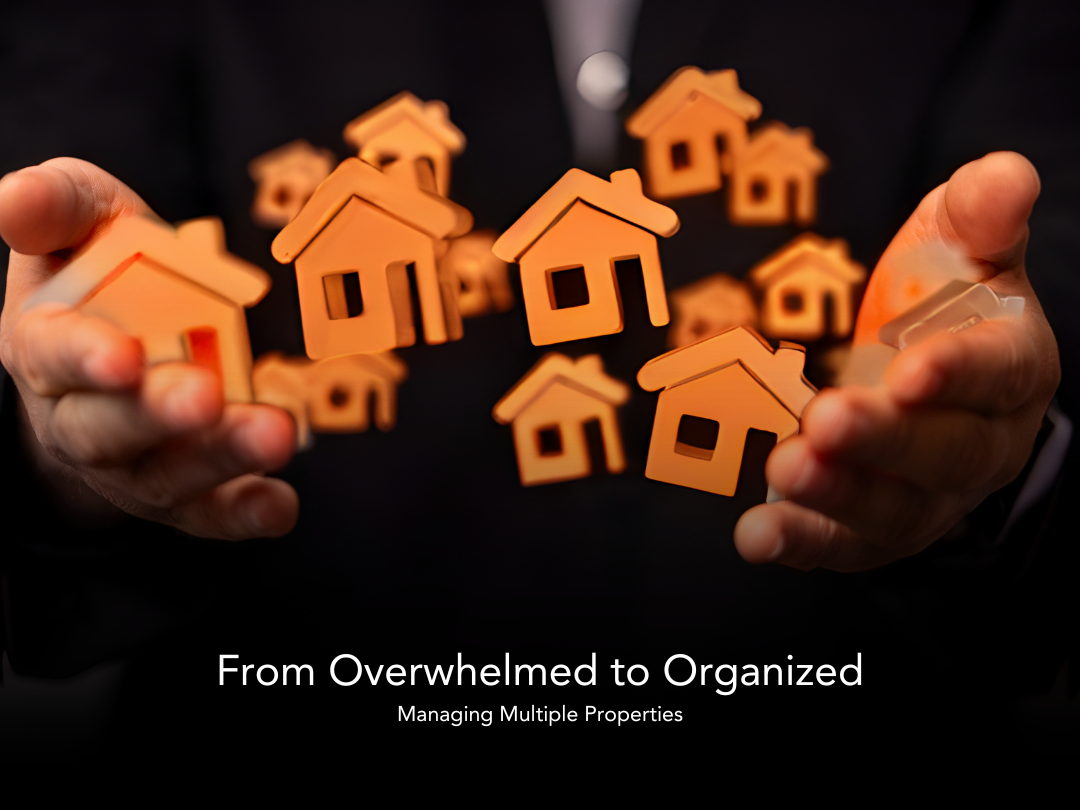If you're having trouble with your garage door opener, one option is to use the emergency release pull to manually operate the door. Here's how to troubleshoot and use the emergency release:
Check the power source: First, make sure that your garage door opener is getting power. Check the outlet, the circuit breaker, and the fuse box to ensure that everything is working correctly.
Check the door tracks: Make sure that the door tracks are clear and free of debris. If the tracks are dirty or obstructed, it could prevent the door from opening or closing.
Check the remote batteries: If your remote is not working, check the batteries to make sure they're not dead or low on power.
Locate the emergency release pull: If your garage door opener is still not working, you can use the emergency release pull to manually operate the door. The emergency release pull is usually located on the trolley, which is the mechanism that moves the door along the tracks. It may be a red rope or handle that hangs down from the trolley.
Pull the emergency release: To use the emergency release, pull down on the handle or rope to disengage the trolley from the opener carriage. This will allow you to manually open or close the door.
Open or close the door: Once you've pulled the emergency release, you can manually open or close the garage door by lifting or lowering it along the tracks. Be sure to use caution when manually operating the door, as it may be heavy and difficult to control.
Re-engage the trolley: Once you've manually opened or closed the door, you'll need to re-engage the trolley with the opener carriage. To do this, simply pull the handle or rope back towards the opener carriage until you hear a click or the trolley engages with the carriage.
That's it! You've successfully troubleshot and used the emergency release to manually operate your garage door. If you're still having trouble with your garage door opener, it may be time to call a professional garage door technician to diagnose and repair the issue.
When managing rental properties, efficient property maintenance is key to providing a positive experience for landlords and tenants. Timely and effective repairs not only keep the property in top condition and contribute to tenant satisfaction and retention.
Winter brings a predictable dip in renter activity, but it does not have to sink results. Here is how to navigate the season, sharpen marketing, and use incentives wisely.
Communication is the backbone of property management. Owners want clarity on performance and cash flow. Residents want quick answers and visible progress on requests. The right mix of tools and habits turns communication from a pain point into an advantage.
Busy days calm down when the right tools do the heavy lifting. Here’s how our stack speeds leasing, maintenance, payments, and reporting without adding noise.
Property management is an economic engine in Boise. From steady housing supply to vendor jobs and safer, well-kept neighborhoods, the ripple effects touch residents, owners, and local businesses.
The right software won’t run your business for you, but it will clear roadblocks: rent gets paid on time, work orders stop slipping, and your books match reality. Here’s a straightforward way to evaluate options if you manage rentals in Boise and the Treasure Valley.
Dive into the future of property management in Boise, Idaho, and discover how technology is reshaping the industry. Learn how to leverage the latest trends to future-proof your business, improve tenant satisfaction, and stay ahead of the competition.
A year-round approach to pricing, amenities, maintenance, and communication that reduces vacancy and grows resident satisfaction.
Boise’s seasons change—your playbook can stay simple. Prep the property, plan your leasing moves, and communicate clearly with residents. Use this quick guide to keep cash flow steady from winter to fall.
Learn key factors to consider when choosing a property management company, from reputation and communication to legal compliance and technology integration.
Real estate investment in Boise is more than just purchasing a property. It requires understanding what makes a neighborhood desirable and how these features can translate to higher rental income.
Managing multiple properties can be a demanding task for property owners. With numerous responsibilities and duties to juggle, finding efficient ways to save time and streamline processes is essential.
